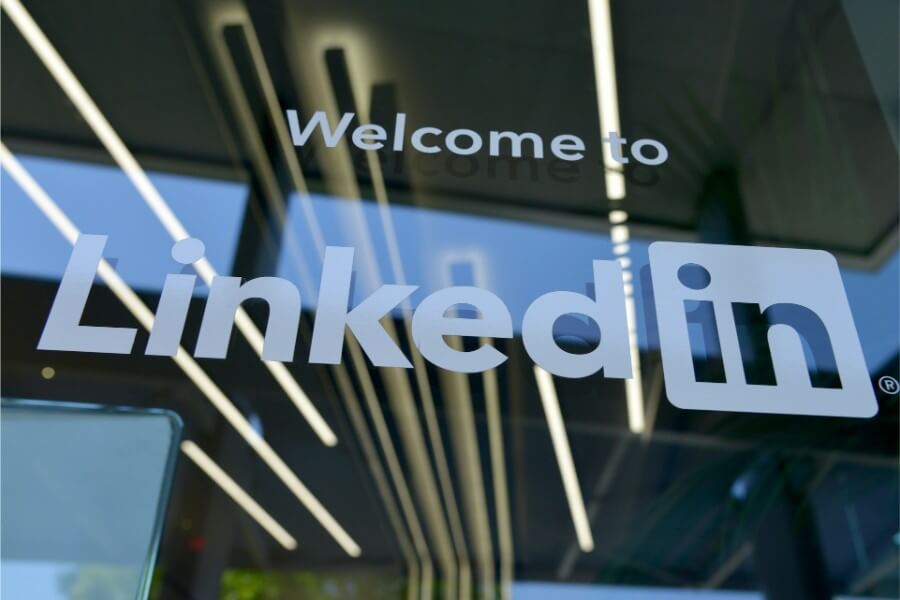
In the professional realm, LinkedIn stands as a pivotal platform, connecting millions worldwide. It’s not just a networking hub; it’s a stage for personal branding, where the curtain rises the moment someone views your profile. Central to making that impactful first impression is your LinkedIn header. This piece of digital real estate can be the difference between blending in and standing out. Here, we delve deep into the nuances of creating a LinkedIn header that captivates and communicates your professional essence.
In the professional realm, LinkedIn stands as a pivotal platform, connecting millions worldwide. It’s not just a networking hub; it’s a stage for personal branding, where the curtain rises the moment someone views your profile. Central to making that impactful first impression is your LinkedIn header. This piece of digital real estate can be the difference between blending in and standing out. Here, we delve deep into the nuances of creating a LinkedIn header that captivates and communicates your professional essence.
Step 1: Grasping the Significance of Your LinkedIn Header
First and foremost, understanding the pivotal role of your LinkedIn header is crucial. This visual element does more than accompany your profile photo; it underpins your professional narrative. A thoughtfully crafted header doesn’t just fill space—it enhances your professional identity, encapsulates your career journey, and visually asserts your industry presence. It’s your banner in the vast digital expanse, signaling your unique value proposition to peers, potential employers, and clients alike.
Step 2: Adhering to Optimal Dimensions
Precision in dimension ensures your header not only fits perfectly but also appears professional across devices. LinkedIn recommends a resolution of 1584 pixels wide by 396 pixels tall. Adhering to these specifications avoids unwanted cropping and ensures clarity, making every pixel count. The balance between desktop and mobile visibility is crucial; your header must adapt seamlessly, maintaining its integrity across screens.
Step 3: Choosing a Background That Speaks Volumes
Your choice of background is a silent yet powerful communicator. It sets the stage, reflecting your professional domain or personal brand essence. For creatives, a vibrant, artistic backdrop might spark interest. For professionals in more conventional fields, simplicity reigns, with subtle textures or landscapes implying stability and breadth. The key is relevance and resonance—selecting an image that speaks to your career path while ensuring high resolution to avoid pixelation.
Step 4: Weaving in Your Brand Colors
The colors you choose are more than mere decoration; they’re an extension of your brand, a visual echo of your professional narrative. Integrating brand colors lends a cohesive look to your digital presence, enhancing recognition. Whether you opt for vibrant hues that capture creativity or muted tones that speak to sophistication, ensure they complement your background and symbolize your professional ethos.
Step 5: Strategic Text Placement
Text in your LinkedIn header should act as a concise billboard for your professional brand. Whether it’s a succinct tagline, a showcase of your expertise, or a statement of your value proposition, clarity is key. Opt for a font that stands out yet is legible against your chosen background. This textual layer adds depth, transforming your header from a mere visual to a communicative tool.
Step 6: Incorporating Symbols and Icons
Icons and symbols offer a shorthand to convey your skills and services visually. A well-placed icon can encapsulate a concept or skill at a glance, such as a laptop for tech proficiency or a palette for creative endeavors. These elements should be harmonious with the overall design, enhancing without overwhelming. They serve as visual cues, guiding viewers through your professional landscape succinctly.
Step 7: Leveraging Design Tools for Professional Results
Creating a professional-looking header doesn’t require a degree in design, thanks to user-friendly tools like Canva, Adobe Spark, and Pixelixe. These platforms offer customizable templates specifically for LinkedIn headers, providing a plethora of design elements to bring your vision to life. Experiment with layouts, fonts, and color schemes to craft a header that truly represents your professional persona.
Step 8: Testing, Feedback, and Refinement
The true test of your LinkedIn header’s effectiveness lies in its reception. Uploading your design and viewing it in situ offers valuable insights. How does it render across different devices? Does it complement your profile photo and overall profile aesthetic? Solicit feedback from your network, remaining open to constructive critique. This iterative process is crucial in honing your header into an emblem of your professional identity.
Conclusion
Your LinkedIn header is a canvas, awaiting your personal touch to transform it into a beacon of your professional identity. It’s not merely an aesthetic choice but a strategic tool, capable of weaving your skills, aspirations, and essence into a visual narrative. By embracing these steps, you invite a deeper engagement with your profile, laying the groundwork for opportunities and connections that resonate with your professional journey. In the digital age, where first impressions are often virtual, a compelling LinkedIn header or LinkedIn post is not just beneficial—it’s essential.